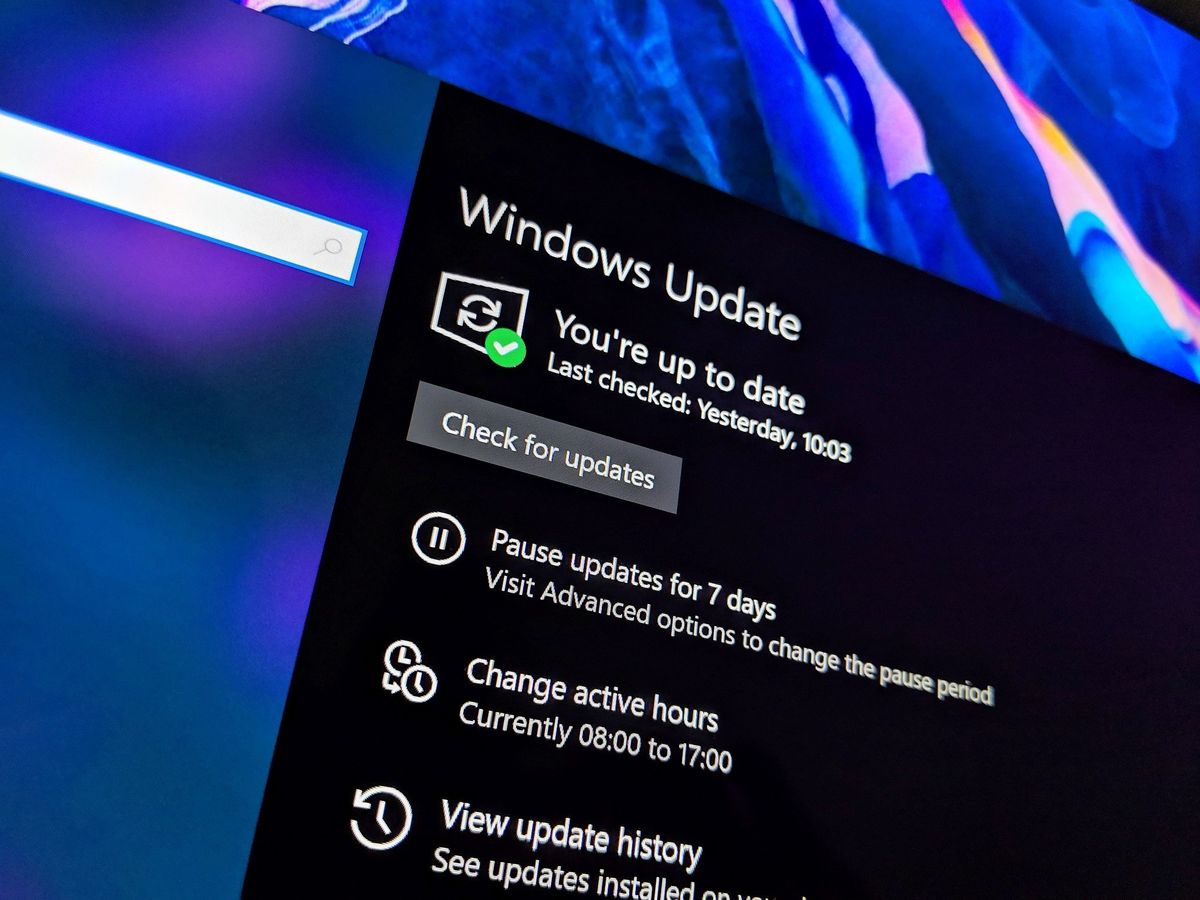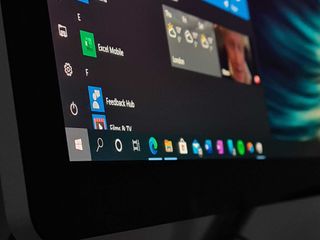Windows 10 version 21H2: Features and everything you need to know
The next Windows 10 update is coming.

Even though Windows 11 is now available, Microsoft still plans to support Windows 10 for several more years. In fact, Microsoft is gearing up to release a new feature update for Windows 10 before the end of this year that will include minor enterprise grade features and under the hood enhancements and bug fixes.
For over a year now, Microsoft has based new feature updates for Windows 10 on an older platform release known as Vibranium. This is the platform that version 2004, 20H2, and 21H1 shipped on top of, and 21H2 will follow that same path. This means 21H2 is not a major release for Windows 10, but is a continuation of the shipping release already on the market. This allows 21H2 to install like a monthly security update, and not a full build upgrade.
Here's everything you need to know about the next Windows 10 feature release, known as version 21H2.
OS Details
- Public name: N/A
- Codename: N/A
- Version: 21H2
- Build: 19044
- Released: N/A
Windows 10 version 21H2: Price and availability
Just like previous versions of Windows 10, version 21H2 will be a free update for existing Windows 10 users, offered as an optional feature release that you don't immediately need to install right away. 21H2 will only be forced upon you once the version of Windows 10 you're currently running reaches its end of support date.
Currently, there is no official date for the general release of Windows 10 version 21H2, however Microsoft is already testing it publicly in the Windows Insider Release Preview channel, so if you'd like to get access to it today, joining the Release Preview ring is your best bet.
Windows 10 version 21H2: New features

Windows 10 version 21H2 does not include any new features in the traditional sense. Just like 21H2 and 20H2 before it, version 21H2 for Windows 10 includes enterprise-grade enhancements and lots of fixes and under the hood improvements designed to make Windows 10 more stable to use day-to-day.
This means that version 21H2 for Windows 10 doesn't include any notable changes that you'll have to adjust to. The user experience and feature set will remain mostly the same, which is good news for people who don't like change.
Get the Windows Central Newsletter
All the latest news, reviews, and guides for Windows and Xbox diehards.
Microsoft has already confirmed that the new Microsoft Store built for Windows 11 will also be coming to Windows 10 at some point as well, though this doesn't appear to be tied to a specific version of Windows 10. That likely means it'll be pushed out as an update for all in-support versions of Windows 10.
Here are the highlights for what's new in 21H2 for Windows 10:
- Added WPA3 H2E standards support for enhanced Wi-Fi security
- Windows Hello for Business introduces a new deployment method called cloud trust to support simplified passwordless deployments and achieve a deploy-to-run state within a few minutes
- GPU compute support in the Windows Subsystem for Linux (WSL) and Azure IoT Edge for Linux on Windows (EFLOW) deployments for machine learning and other compute intensive workflows
One big change coming to 21H2 that some users may be effected by is with the Timeline feature, which can be found in the Task View button on the Taskbar. Starting with this release, Timeline will no longer sync activities across devices. The feature still works for local files and images, but that data will no longer be synced across PCs.
Microsoft has also confirmed that the new Microsoft Store built for Windows 11 will also be coming to Windows 10 at some point, though this doesn't appear to be tied to a specific release version of Windows 10. That likely means it'll be pushed out as an update for all in-support versions of Windows 10.
Windows 10 version 21H2: Support lifecycle
Microsoft says that Windows 10 version 21H2 will be supported for 18 months on Home and Pro SKUs, and 30 months for Enterprise and Education SKUs. Microsoft is also designating Windows 10 version 21H2 an LTSC (long-term servicing channel) release, meaning it will be supported with critical updates for up to 5-years on devices running LTSC versions of Windows 10.
